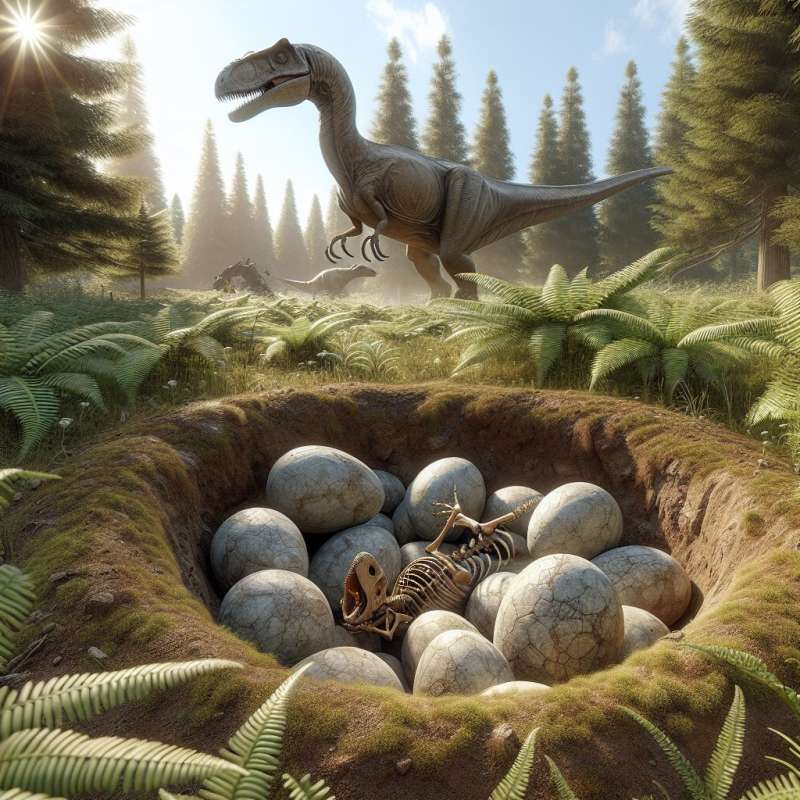
Dinosaur Eggs Discovery
The first scientifically recognized dinosaur egg fossils were discovered in 1923 by the American paleontologist Roy Chapman Andrews in Mongolia's Gobi Desert.
Egg Fossil Diversity
Over 200 different types of dinosaur eggs have been discovered, showing a remarkable diversity in size, shape, and structure.
Egg Identification Challenges
Identifying the species of dinosaur from eggs alone is difficult because eggs from different species can be surprisingly similar.
Nesting Behaviors Unveiled
Fossilized nests suggest some dinosaurs, like Maiasaura, exhibited complex nesting behaviors, including potentially nurturing their young post-hatching.
Eggshell Porosity Insights
Eggshell porosity can reveal the nesting environment of the dinosaur, with denser shells indicating buried nests, akin to modern reptiles.
Thermoregulation in the Egg
Some large dinosaur eggs have distinct growth lines, hinting that they experienced temperature fluctuations, which could suggest varying levels of parental care.
Dinosaur Egg Coloration
Recent studies using molecular analysis have shown that some dinosaur eggs were colored, potentially for camouflage or temperature regulation.Eggs in Antarctica
Dinosaur eggs have been found in Antarctica, indicating dinosaurs lived in some of the coldest, harshest climates on Earth.
Who discovered first dinosaur eggs?
Roy Chapman Andrews
Gobi Desert Nomad
An unknown farmer
Company